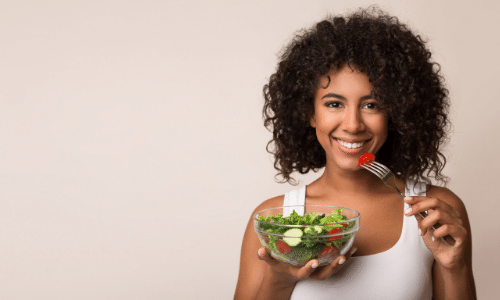The proper name for a yeast infection is Candidiasis. Low levels of yeast reside in the body, mainly in the intestinal tract, skin, rectum, mouth, and vagina. It becomes an infection when there is an overgrowth of yeast.
The majority of women will experience a yeast infection at some point in their lives. The most common form of yeast that causes vaginal infections is Candida albicans – tiny organisms that live on the skin and inside the vagina. A healthy vagina is very acidic — the pH of the vagina usually ranges between 3.8 and 4.5. PH measures the acidity or alkalinity of a substance. A measurement of 1 is very acidic, and 14 is very basic.
If the delicate PH of the vagina is disturbed, an excess of yeast may occur, causing a yeast infection. Many situations can disrupt the vagina’s balance.
Among the most common reasons for a vagina becoming less acidic are pregnancy, menopause, menstrual periods, diabetes, intercourse, douching, or certain soaps and washes.
Since yeast infections thrive when the vagina has an altered pH balance, diet becomes a big part of the plan to rid your body of the condition. When a Candida overgrowth occurs, the most common symptoms are vulvar/vaginal itching, vaginal discharge, and skin redness. Candidiasis can also cause the body to have difficulty absorbing minerals and vitamins and producing enough digestive proteins.
If you are experiencing recurrent yeast infections, first and foremost, see a healthcare provider. It’s important to rule out other causes of genital symptoms, such as discharge, skin redness, and irritation.
Good dietary practice is the most natural and effective way to prevent yeast overgrowth, as disrupted pH balance was very likely a significant contributor to the problem. If you lapse into poor eating habits again, the problem is likely to recur.
Making healthy diet habits a lifestyle choice rather than a temporary cure is the best way to prevent future problems.
There are certain foods you’ll want to avoid, such as:
- Foods Containing Yeast – Bread, pastries, and packaged foods.
- Grains – Flake cereals and sprouted grain cereals, instant oatmeal, cornmeal, and hominy grits.
- Some Legumes – Beans and peas that contain sweeteners, vegetable protein, and tofu.
- Processed nuts and seeds.
- Most Dairy.
- Meats that may contain antibiotics and hormones. Also, smoked meats.
- Dried Fruit. Fresh fruit is allowed (especially grapefruit).
- Some Vegetables – Canned tomatoes, cucumber skins, and mushrooms.
- Sugary Beverages – Alcohol, coffee, tea, fruit juices, soft drinks, and diet drinks.
You can enjoy eating foods that include:
- Certain Legumes – Beans, brown rice, millet, amaranth, and quinoa.
- Unprocessed nuts and seeds.
- Beverages – Almond milk, coffee substitute (no malt), carbonated or plain water.
- Vegetables – Spinach, tomatoes, kale, parsley, broccoli, or cabbage.
- Unprocessed Protein from animals – Seafood, chicken, deer, goose, pork, and turkey.
- Dairy – Plain yogurt with acidophilus culture.
- Fresh Fruit – Fruits containing vitamin C help the white blood cells work to combat the infection. Grapefruit is beneficial for suppressing a yeast infection.
- Garlic – The healing power of garlic is suitable for almost any type of infection, especially a yeast infection. It destroys yeast bacteria and helps prevent future infections.
Keep in mind that a healthy diet will do more than prevent yeast infections. It will promote overall health and disease prevention.

